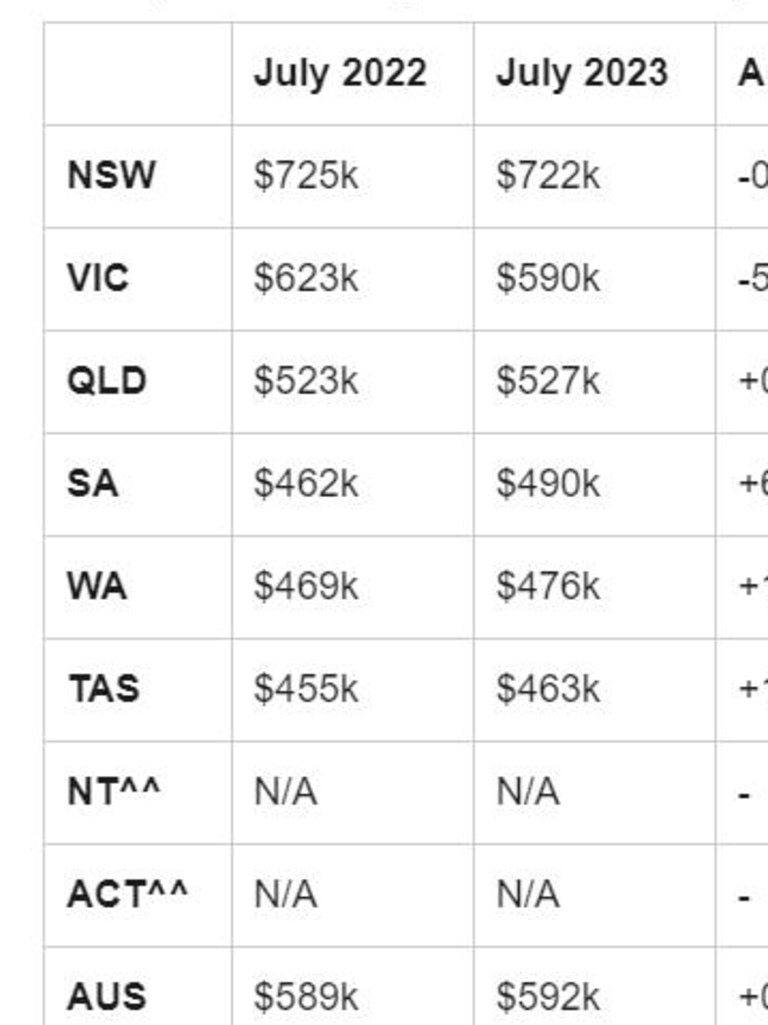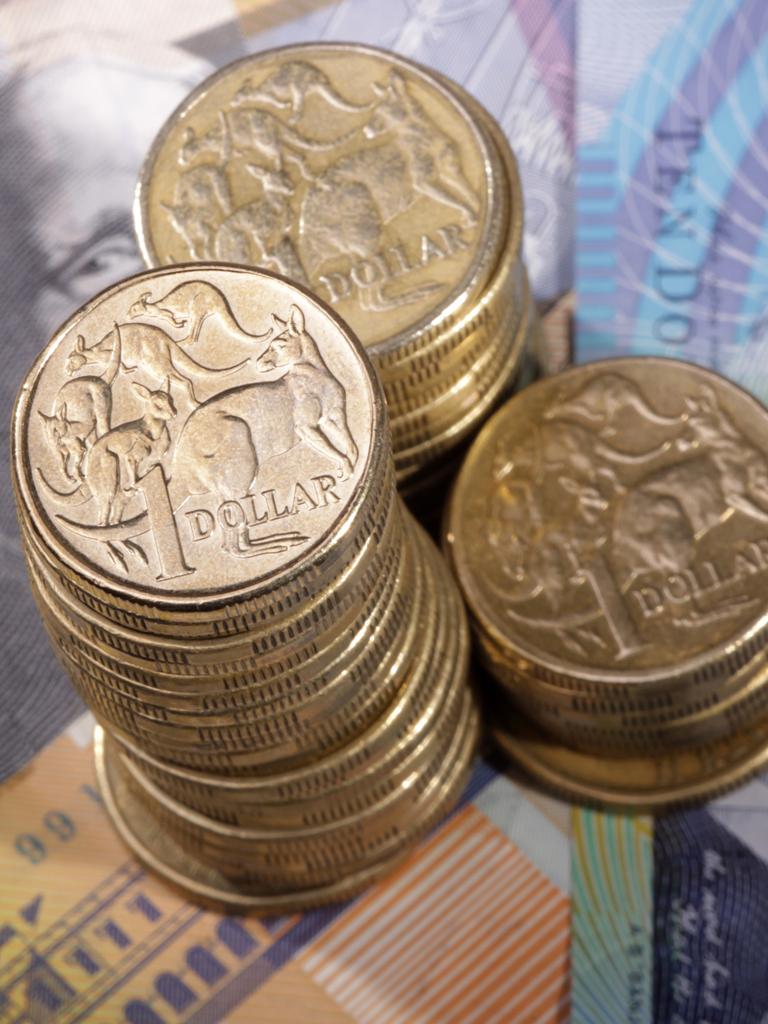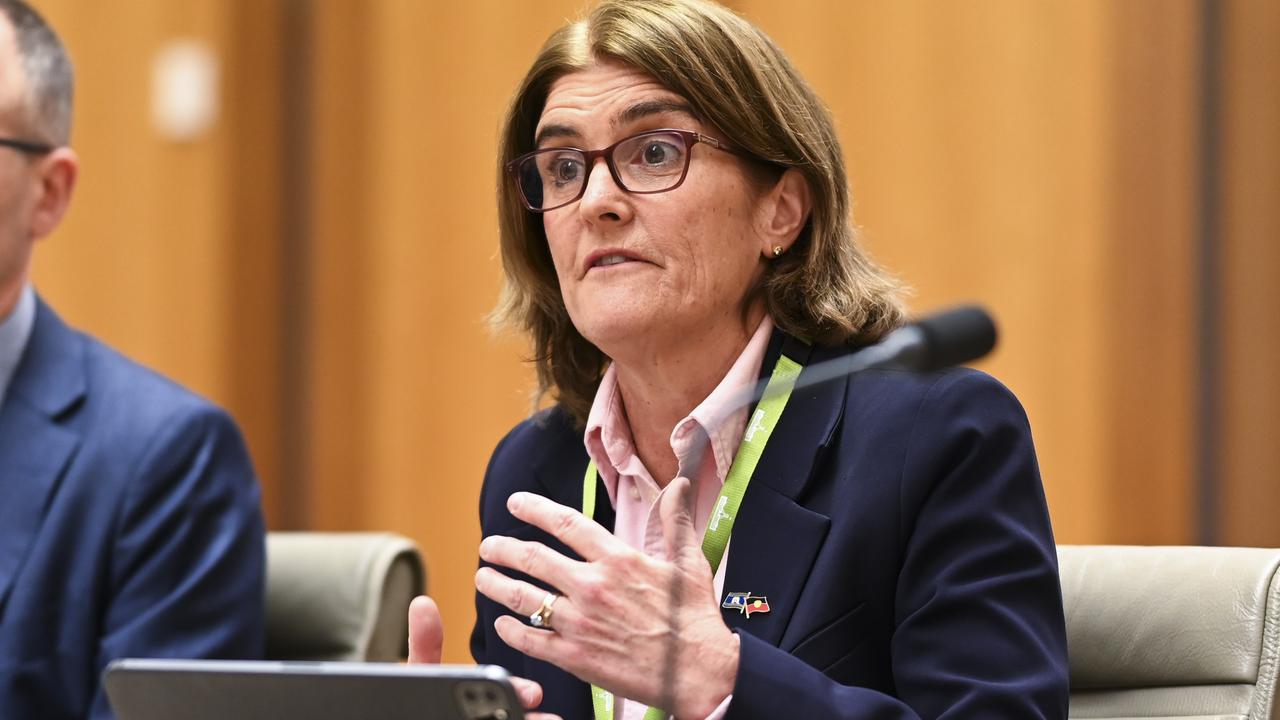Aussies face savage $60k-a-year mortgage
The Reserve Bank of Australia (RBA) has increased the official cash rate again, and the pain could be worse than ever.
The savage round of interest rate rises inflicted on homeowners by the Reserve Bank is now stinging the average mortgage holder in Sydney up to $60,000 a year in annual payments.
Almost half of Australia’s mortgage holders are now in financial stress according to experts and are currently paying at least one third of their income to service their loans.
According to the latest figures, the average mortgage in Sydney is an eye-watering $725,000.
Based on a standard variable rate, that homeowner was already paying $4,819 in monthly payments before today’s rate rise or $57,828 a year.
But that’s set to rise by around $105 a month or $1260 a year purely as a result of November’s 25 basis point hike.


Just a few years ago a homeowner on a similar mortgage would have been paying much less.
The real pain is only evident when you examine how much rates have increased in a relatively short period.
In fact, a homeowner with a similar average Sydney loan is now being forced to find an extra $20,000 a year on top of what they were already paying before rates started rising.
A family with a $750,000 mortgage with the ANZ bank and a variable rate of 6.99 per cent on a 30 year mortgage was already facing $4,985 a month in estimated payments.
That’s set to increase to $5090 as a result of the rate rise.
Over the year, that will increase to $61,080 a year.
And while there’s no doubt there’s better mortgage rates out there, even on the Simplicity Plus special offer of 6.29 per cent, the estimated payments were already $4,638.
Since the RBA began raising rates last May, payments have increased by a whopping $1134 for those on a typical Queensland mortgage of $500,000.
In Victoria, where the average loan is $623,000, homeowners were already facing loan repayments of $4,141 a month.
In a statement, the RBA said it decided to increase the cash rate target by 25 basis points to 4.35 per cent because inflation was still too high and is proving more persistent than expected a few months ago.

“Since its August meeting, the Board has received updated information on inflation, the labour market, economic activity and the revised set of forecasts,’’ it said.
“The weight of this information suggests that the risk of inflation remaining higher for longer has increased.
“High inflation makes life difficult for everyone and damages the functioning of the economy.
“Whether further tightening of monetary policy is required to ensure that inflation returns to target in a reasonable timeframe will depend upon the data.
“The Board remains resolute in its determination to return inflation to target and will do what is necessary to achieve that outcome.”
Deloitte Access Economics Stephen Smith partner warned the RBA was making a mistake.
“Perhaps the most important question for the bank and policy makers is considering what a November hike might actually achieve,’’ he said.
“With demand already crushed and wage growth contained, are further rate hikes the necessary policy lever to address inflation? Interest rates are not going to be able to address the key sources of inflation, namely rent, electricity and petrol.
“As a result, the efficacy of a further interest rate hike to tame inflation is muddy at best.
The ANZ bank is forecasting a rate rise suggesting interest rates are not likely to come down after the expected rate rise until September 2024 or later.
“We don’t expect any easing until Q4 2024. The risks for the outlook are towards sticky inflation rather than a concerning drop in activity,’’ the ANZ said.






